Floating stones
Floating Stones
site-sensitive performance
Duolun Museum of Modern Art, Shanghai, 2018
photo credit: Sophia Liu
[site-sensitive performance]
Floating Stones questions how the present is affected by our perceptions of the past and the future. Like a pumice stone, which floats effortlessly until its vesicles fill with water and it sinks, history can seem weightless until burdened by accumulated narratives. However, if the narratives weight the stones, they may become a bridge connecting the past and the future.
The future is a set of an infinite number of possibilities, limited solely by one’s imagination. The image of the future is constantly changing, adapting new and new versions. Utopias, dystopias, social harmony, or technological disasters—all are equally possible. The future is like the horizon in the middle of the ocean, always distant and hazy, never fully in focus.
In contrast, the past seems to be completed, sealed with wax, and filed on a shelf in the warehouse of history. To learn it, one merely needs to locate a folder of a particular day-month-year, open it, and read aloud a list of wars, festivals, traditions, and even languages. Yet, the moment we believe history is defined and solid, we realise it is full of gaps, air pockets, and unknowns. History, much like pumice, is a stone that floats, not granite, but fragile and porous, constantly reinterpreted and reimagined.
Collaborators
Vasily Betin (installation/ lighting design), Daria Bokova (performer), Anna Dong (performer), Steph D’Sibö (performer), Gao Jie (performer), Zhanna Khromykh (performer), Anastasia Potievskaya (performer), Mariya Spitsyna (performer), Wang Yueming (performer), Wu Jialu (performer), Liu Xiao (performer), Yu Xizi (performer), Yuan Yang (performer), Zhao Weibiao (performer).
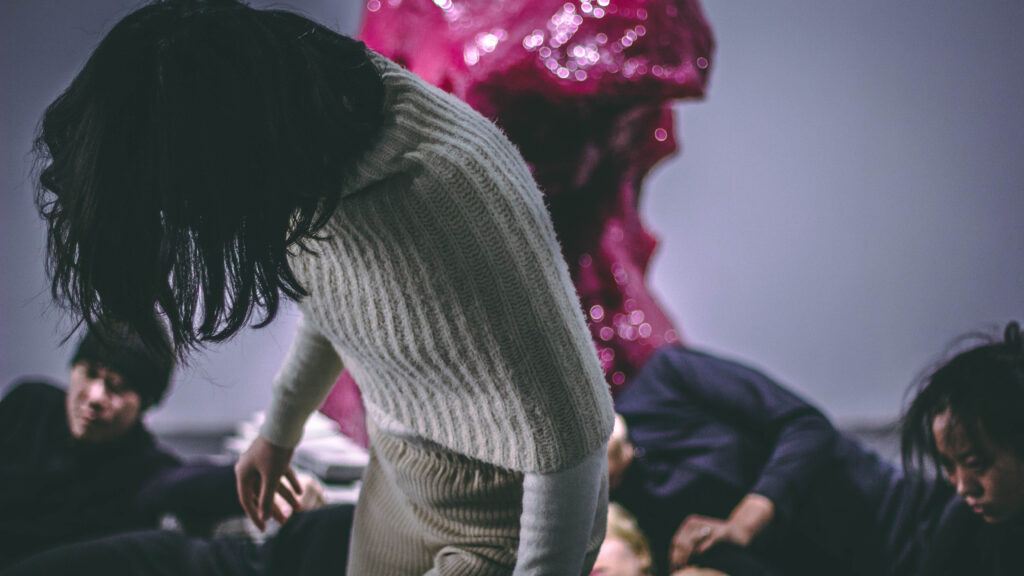
photo credit: Sophia Liu
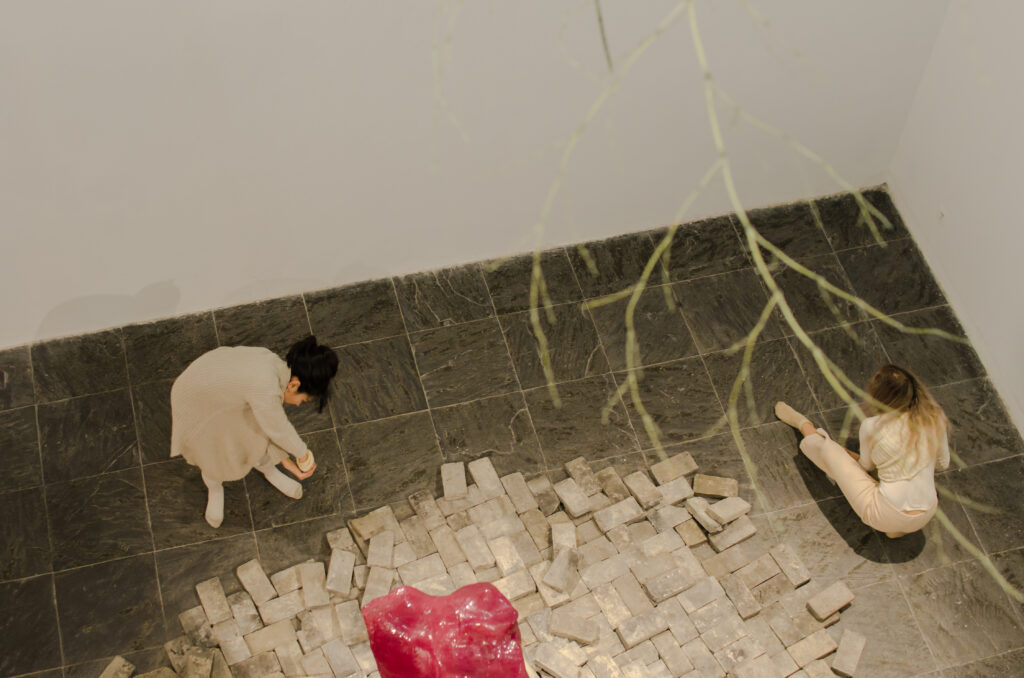
photo credit: Alina Kochetova
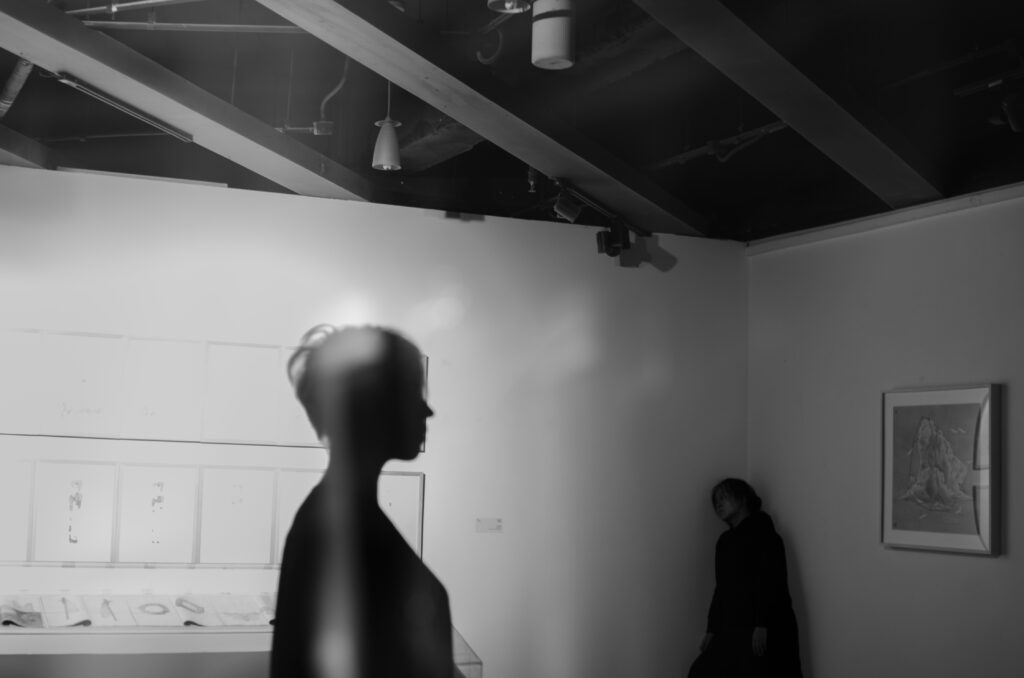
photo credit: Alina Kochetova
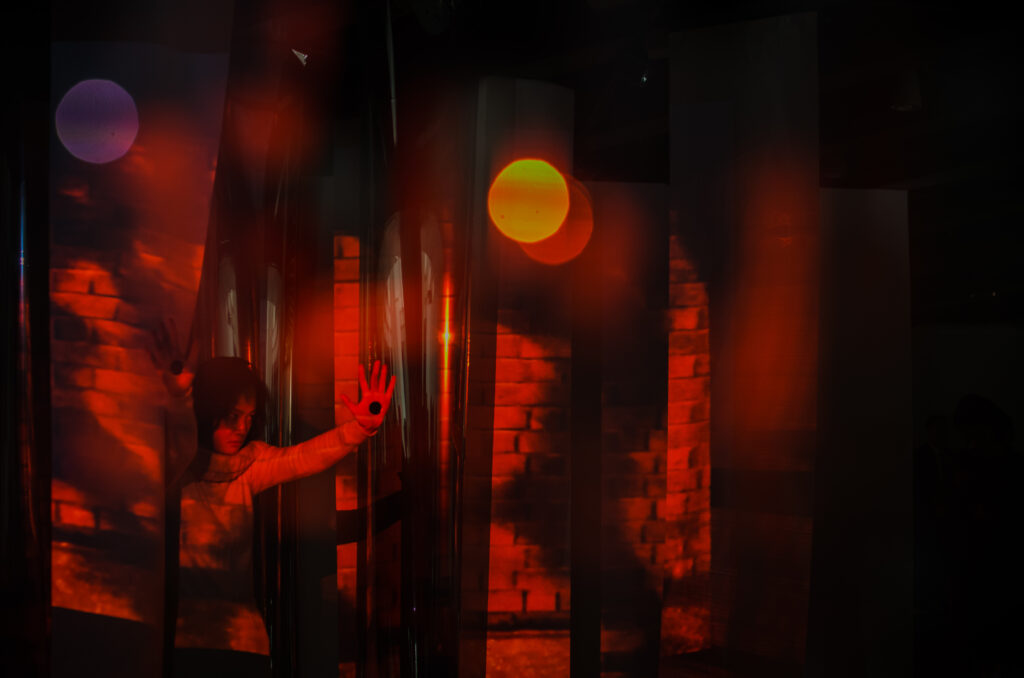
photo credit: Alina Kochetova
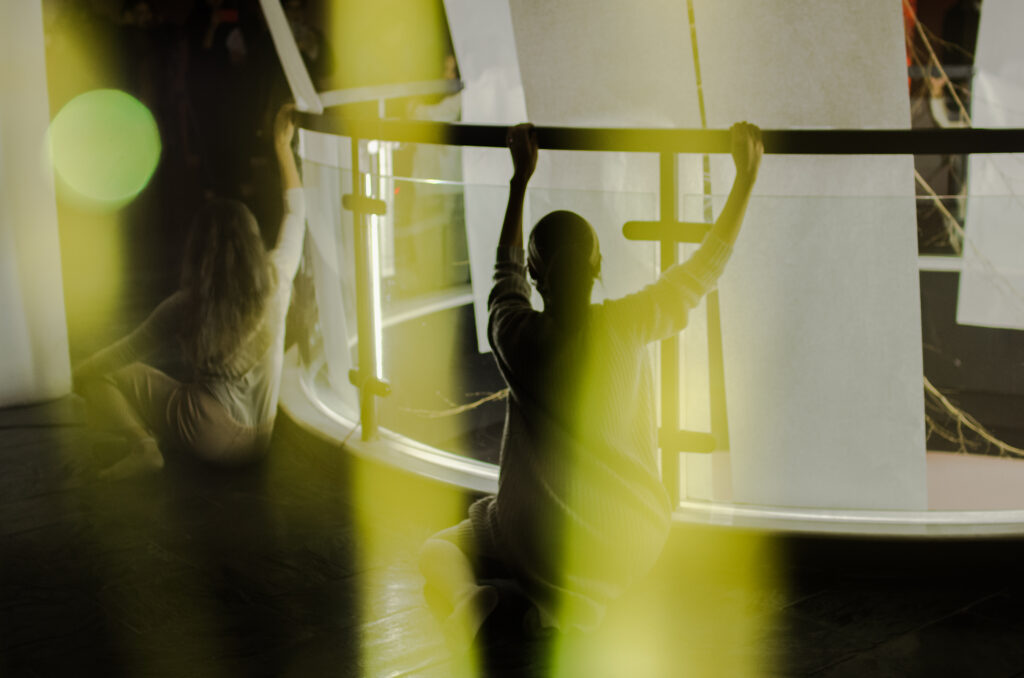
photo credit: Alina Kochetova
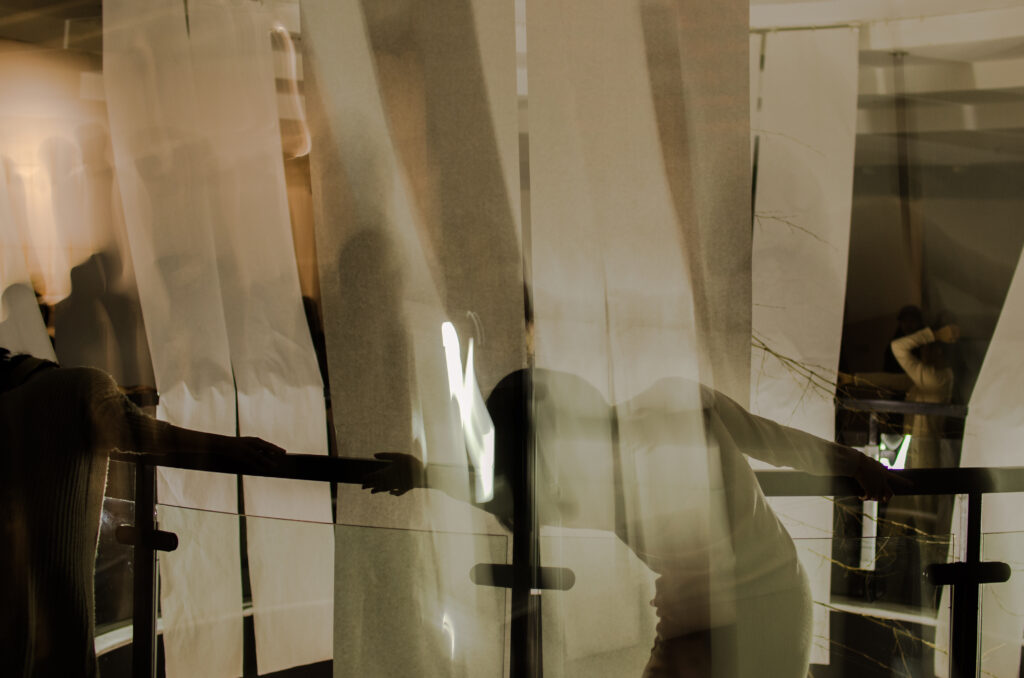
photo credit: Alina Kochetova
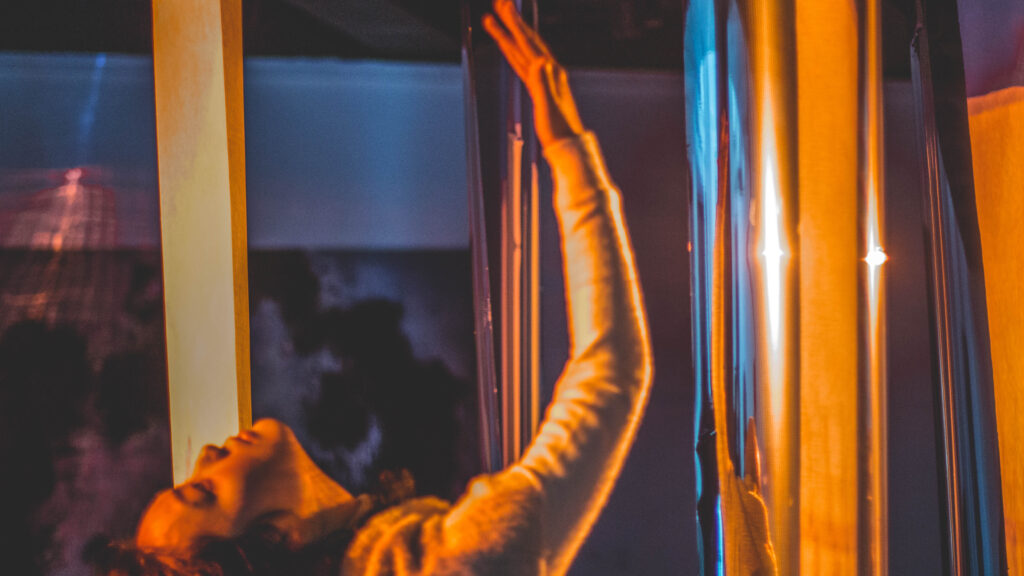
photo credit: Sophia Liu
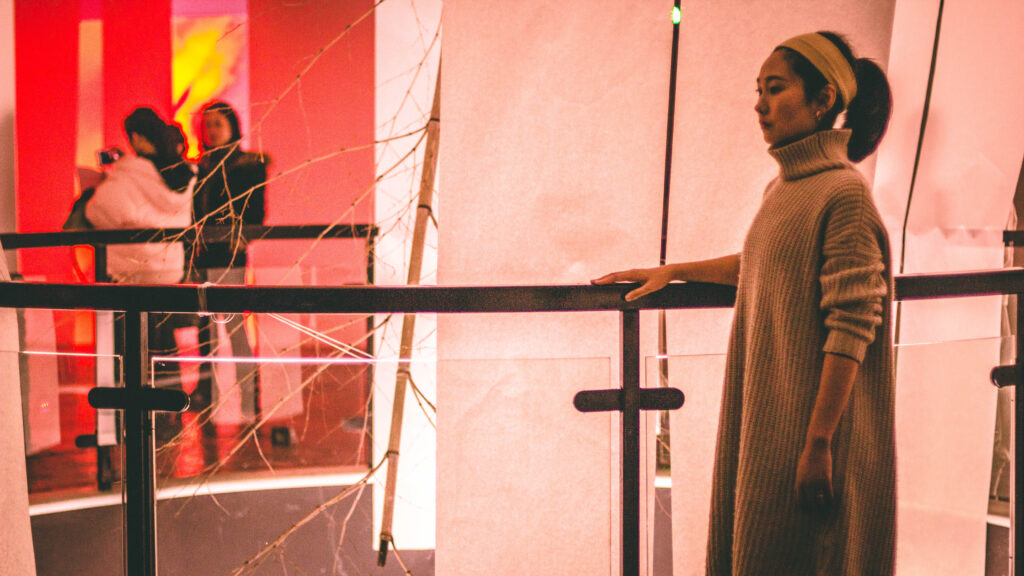
photo credit: Sophia Liu
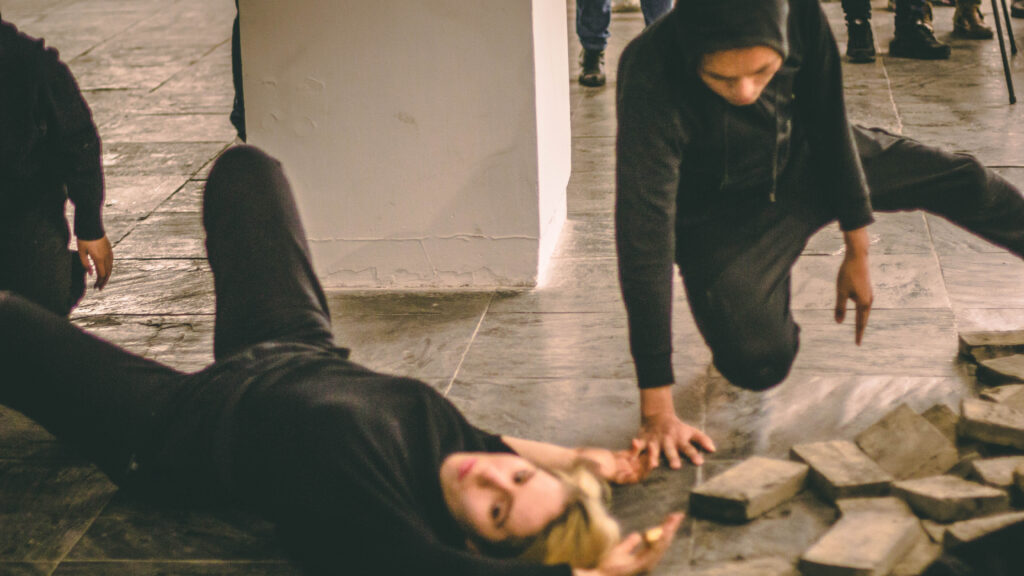
photo credit: Sophia Liu